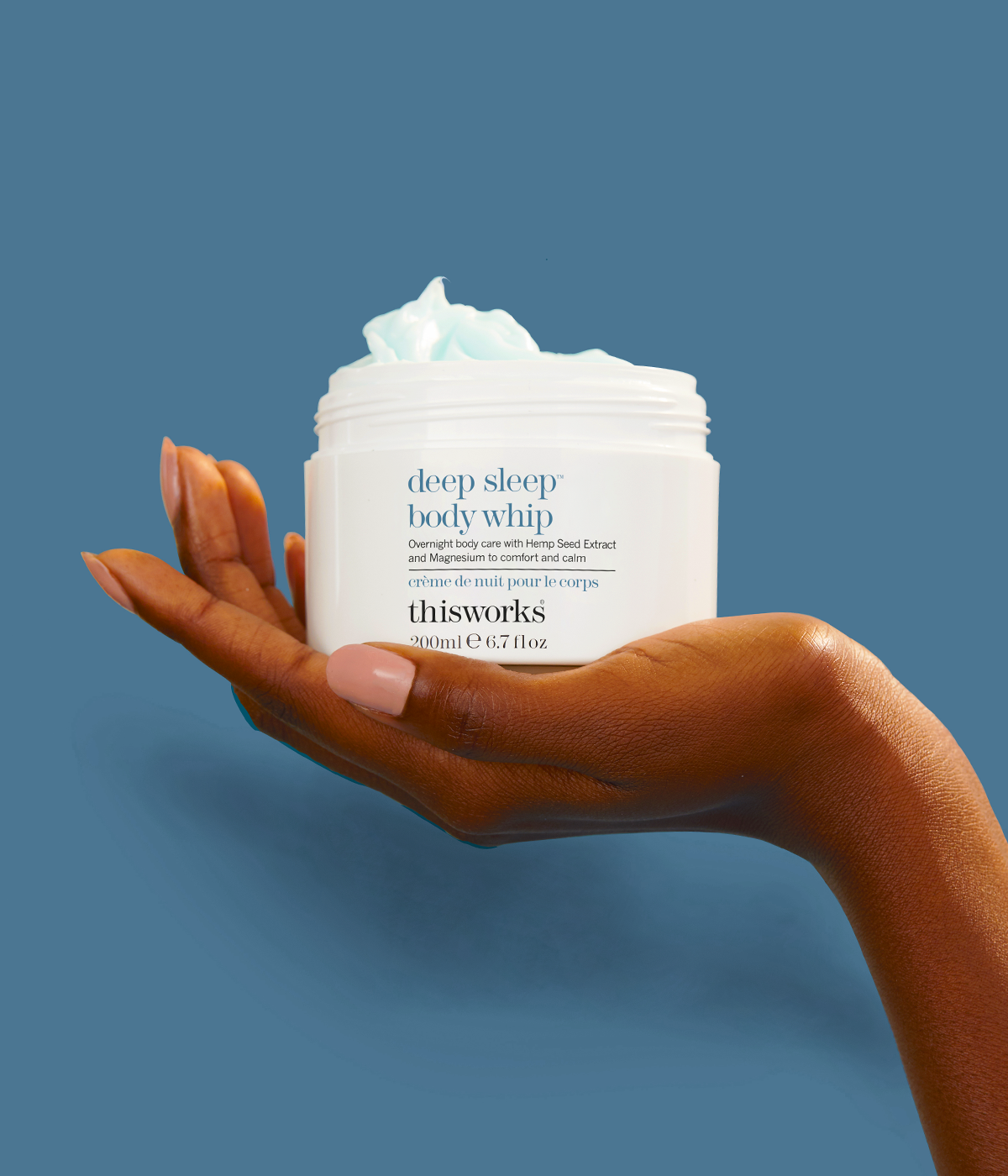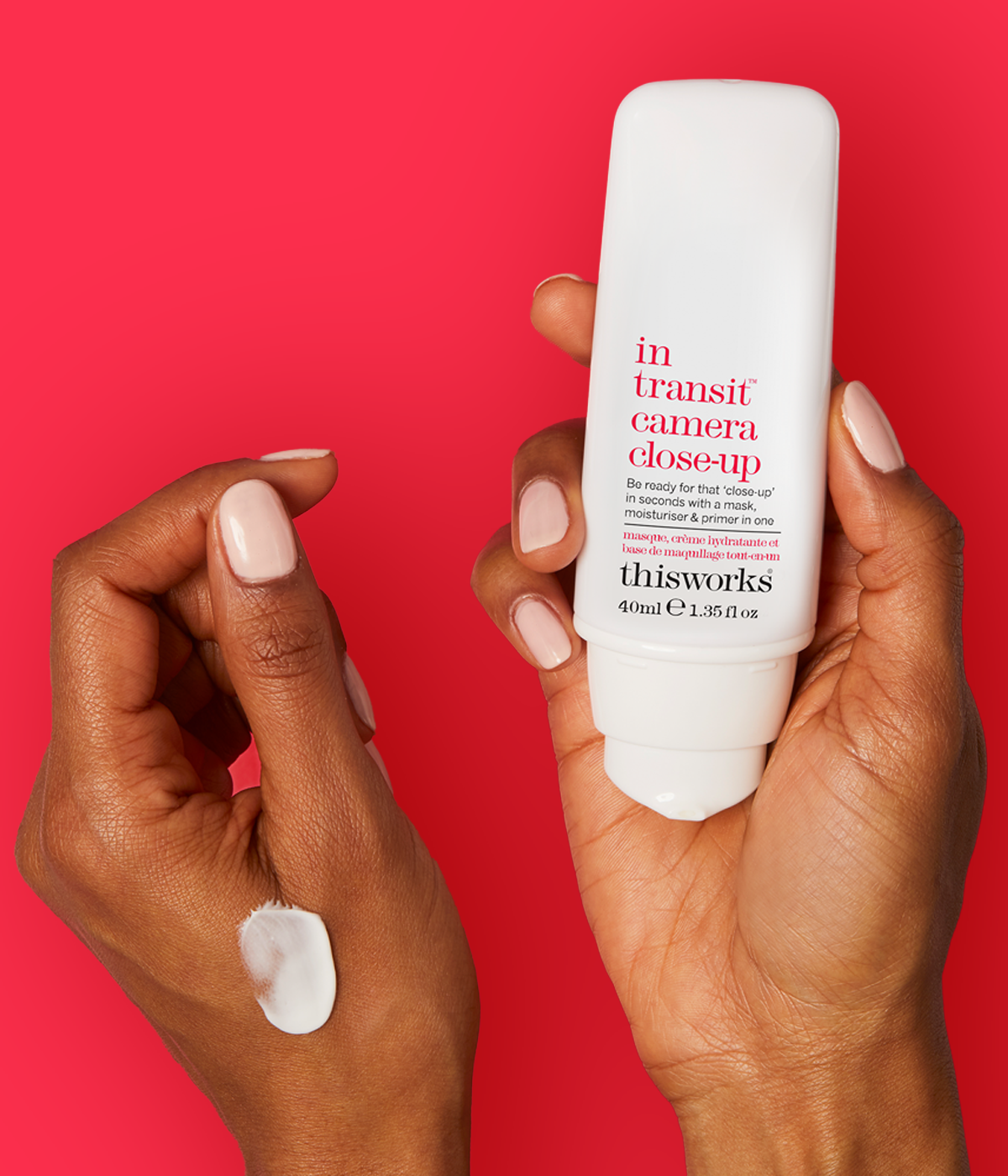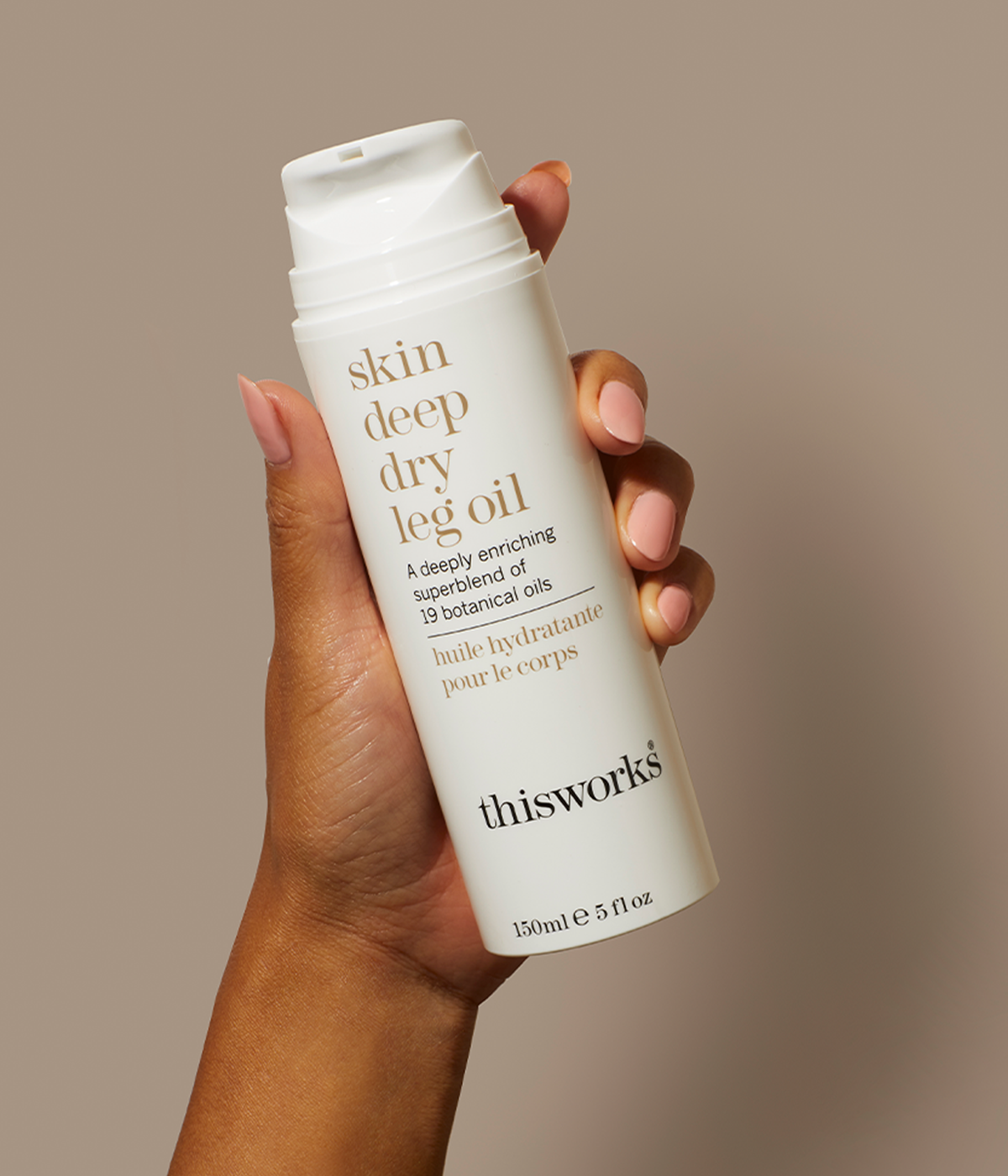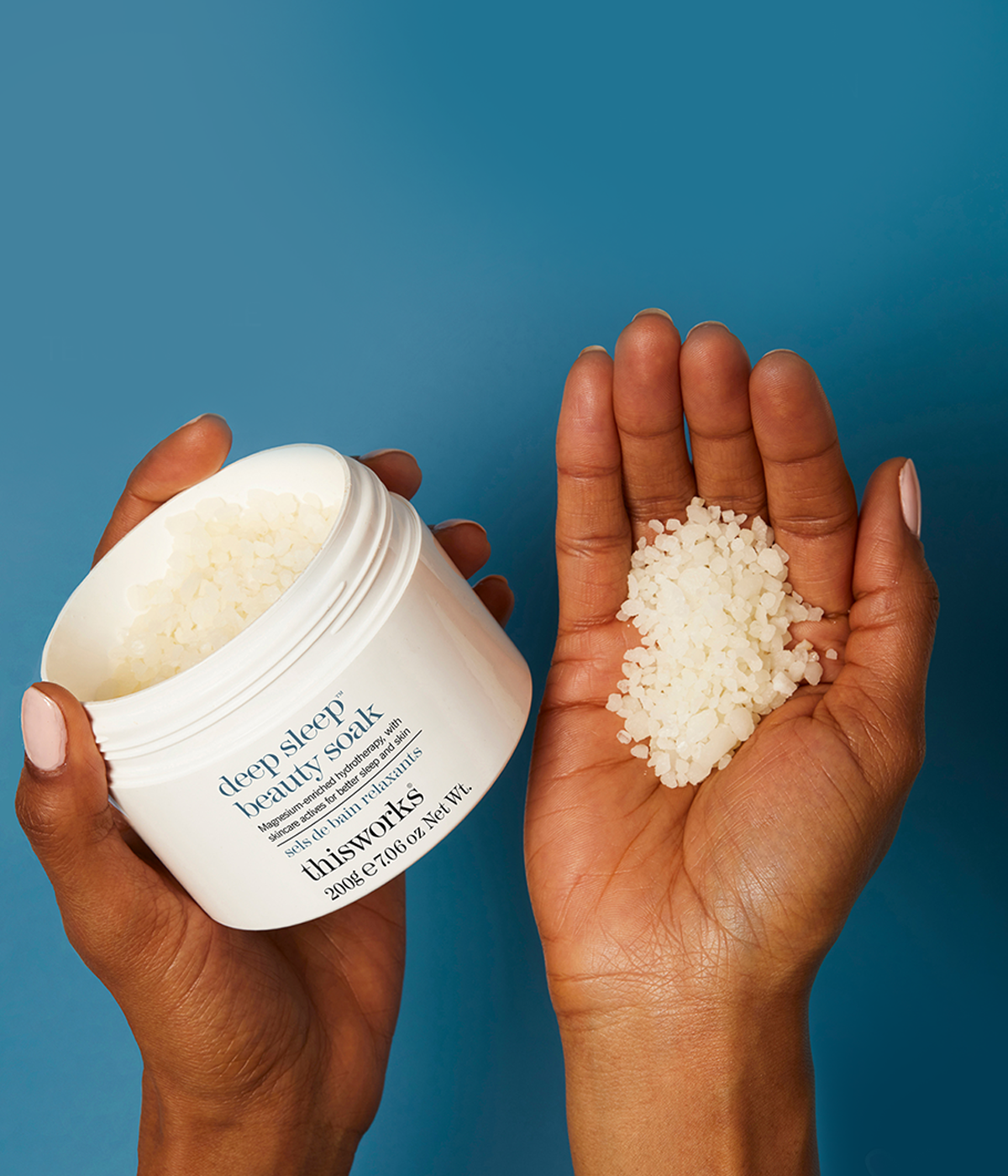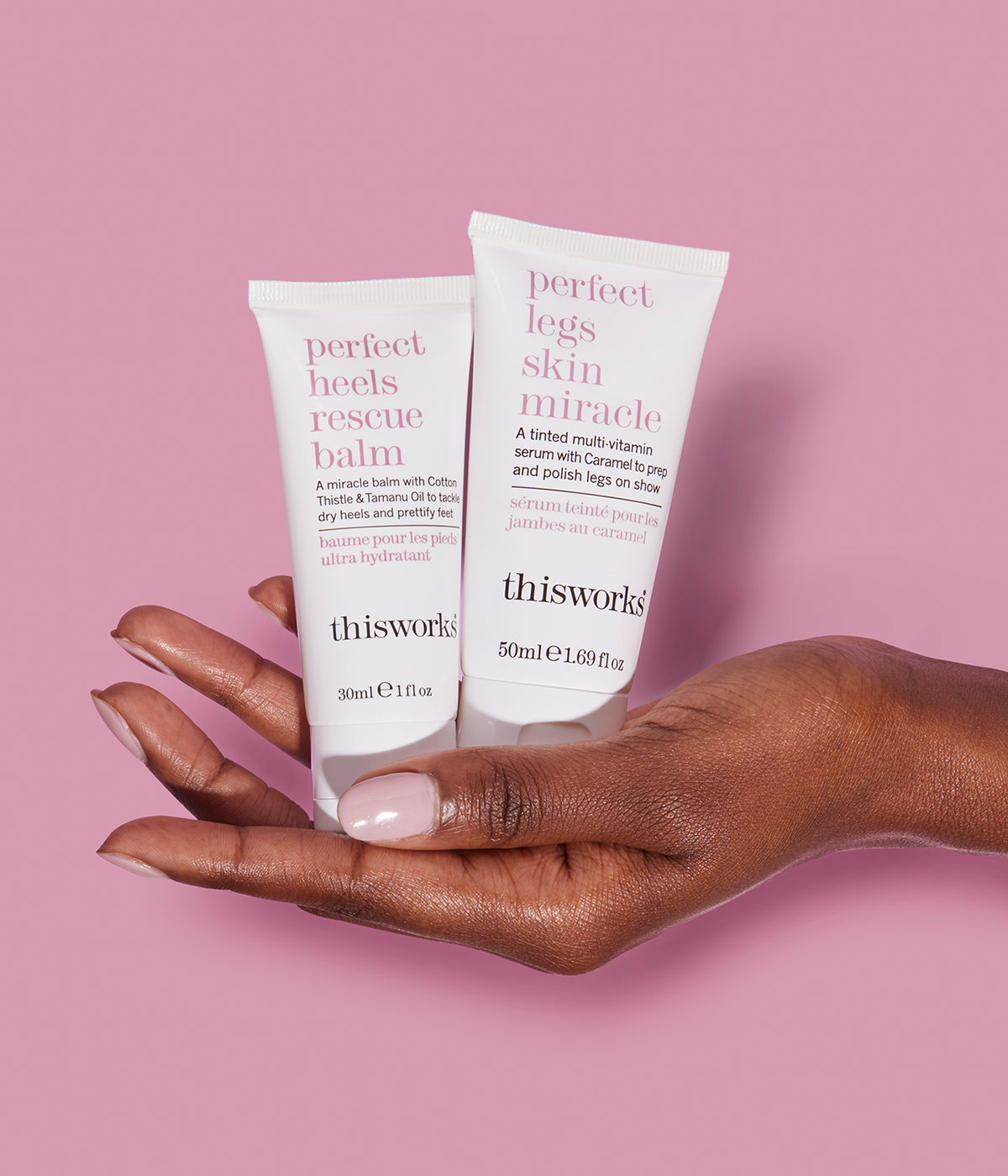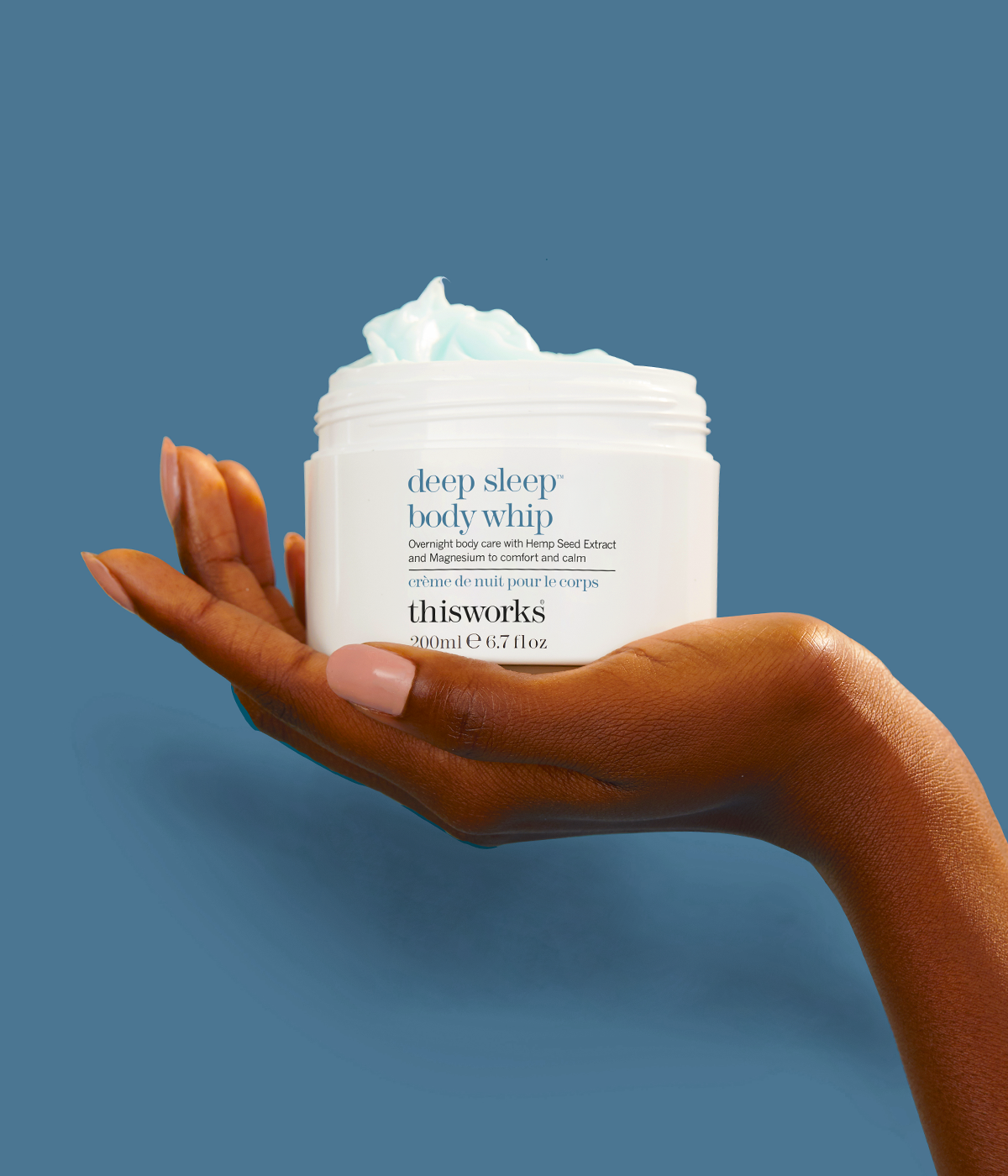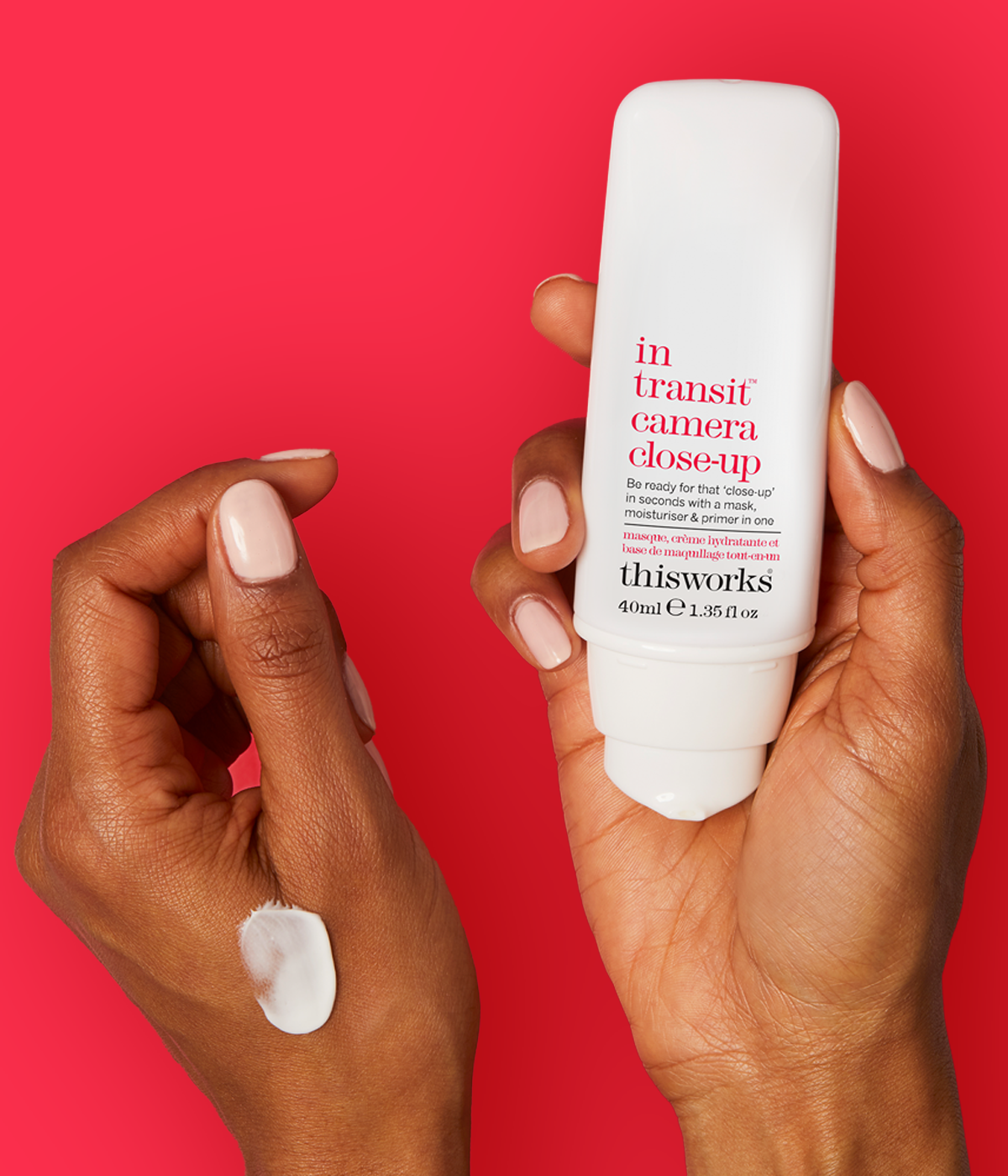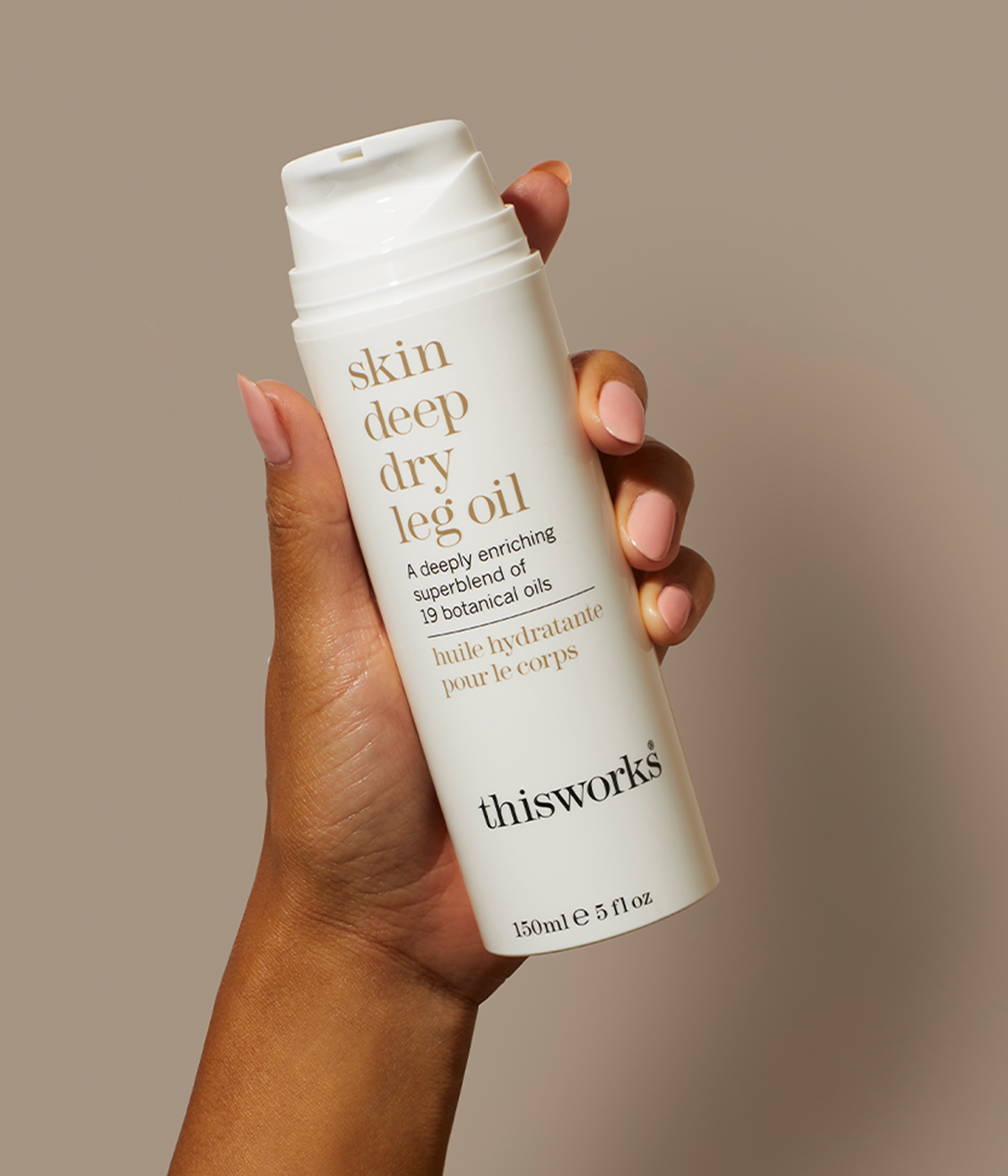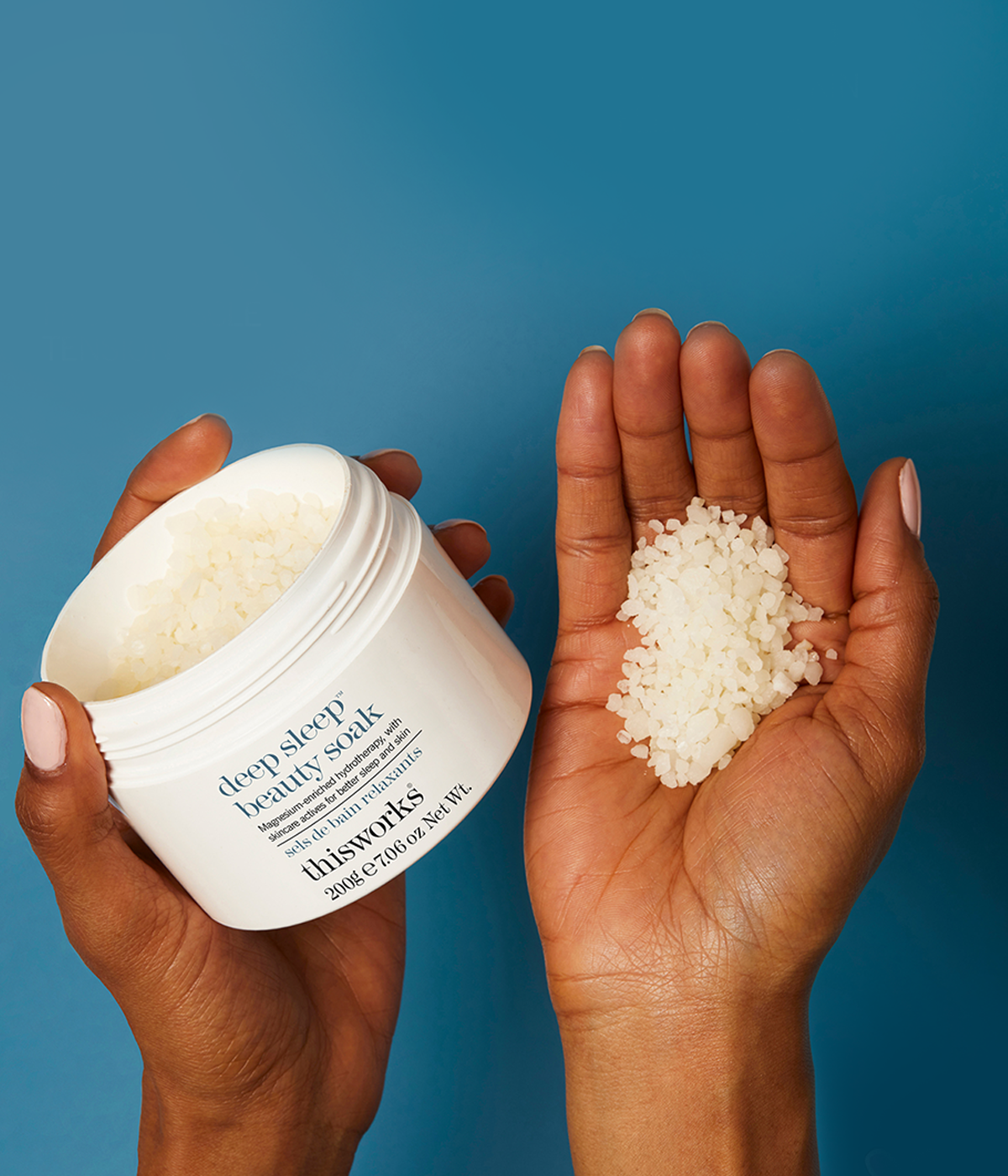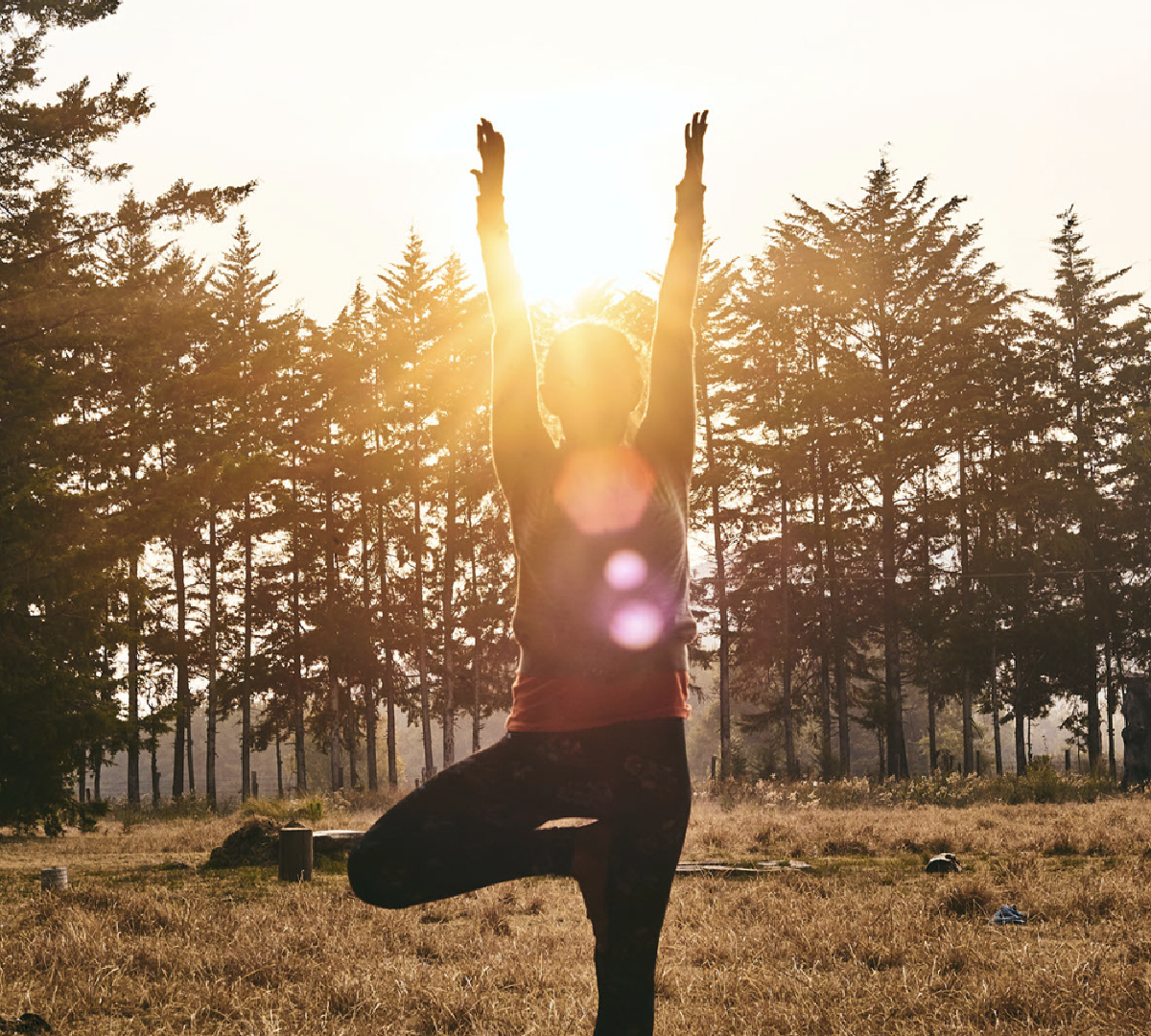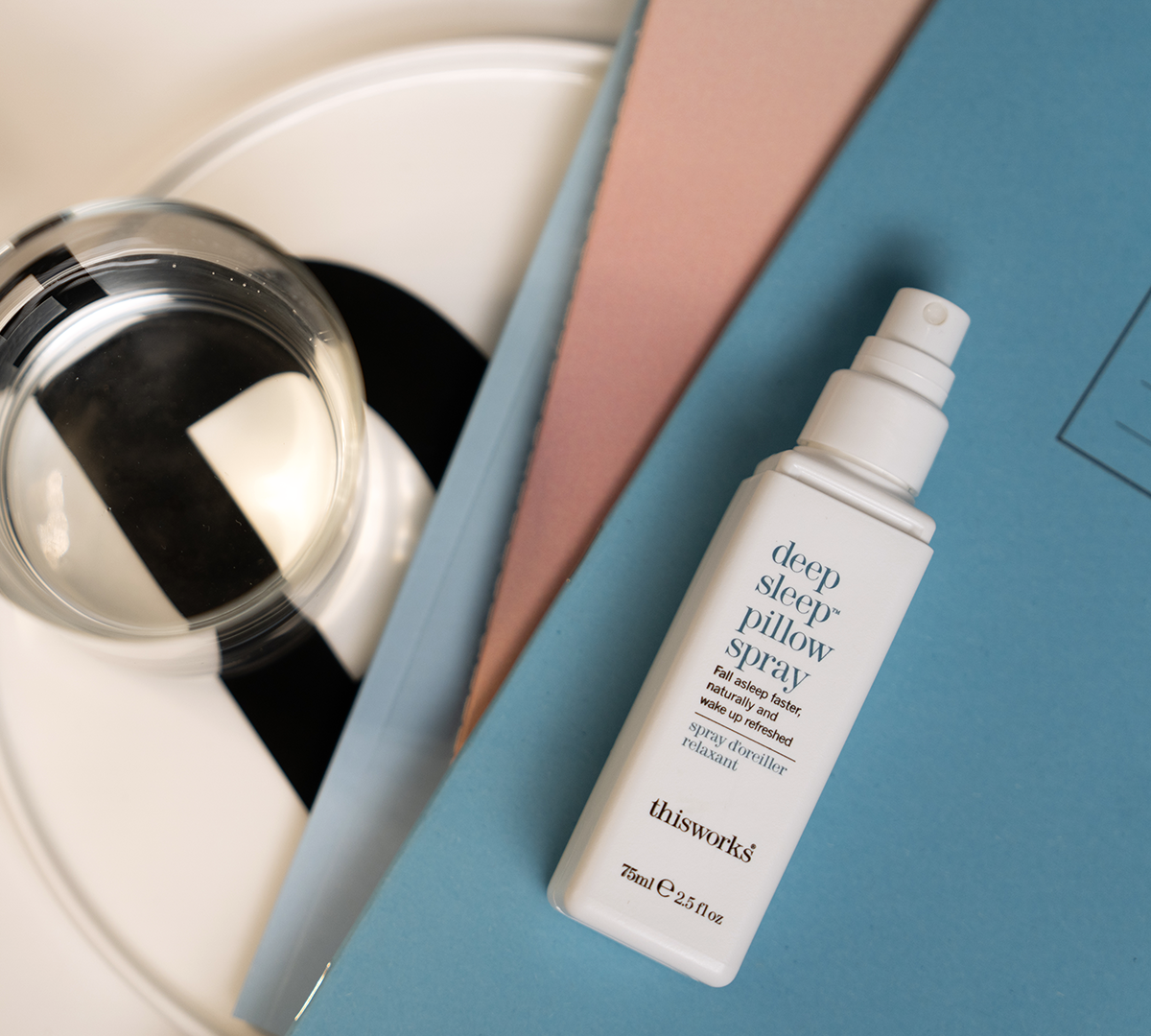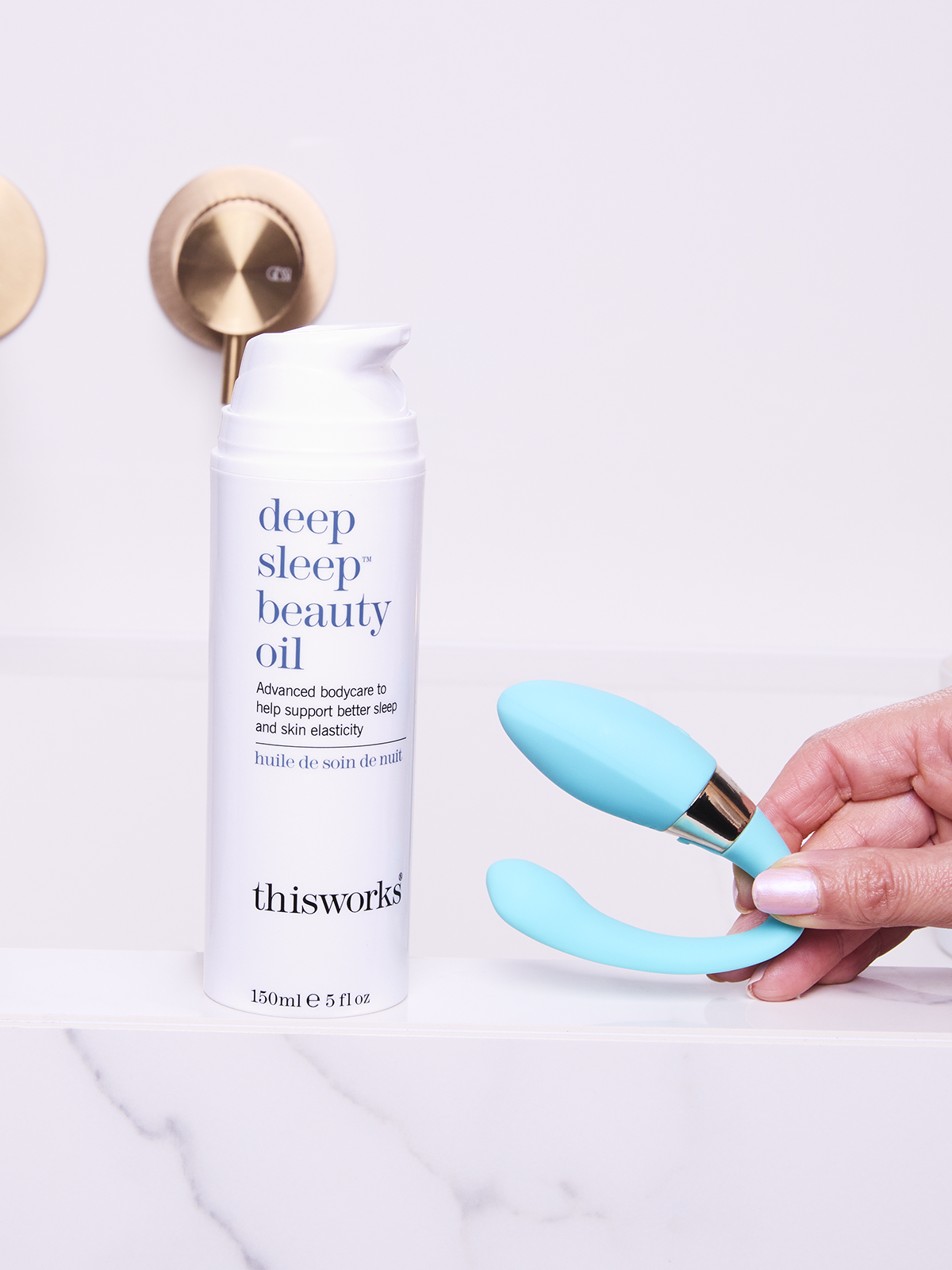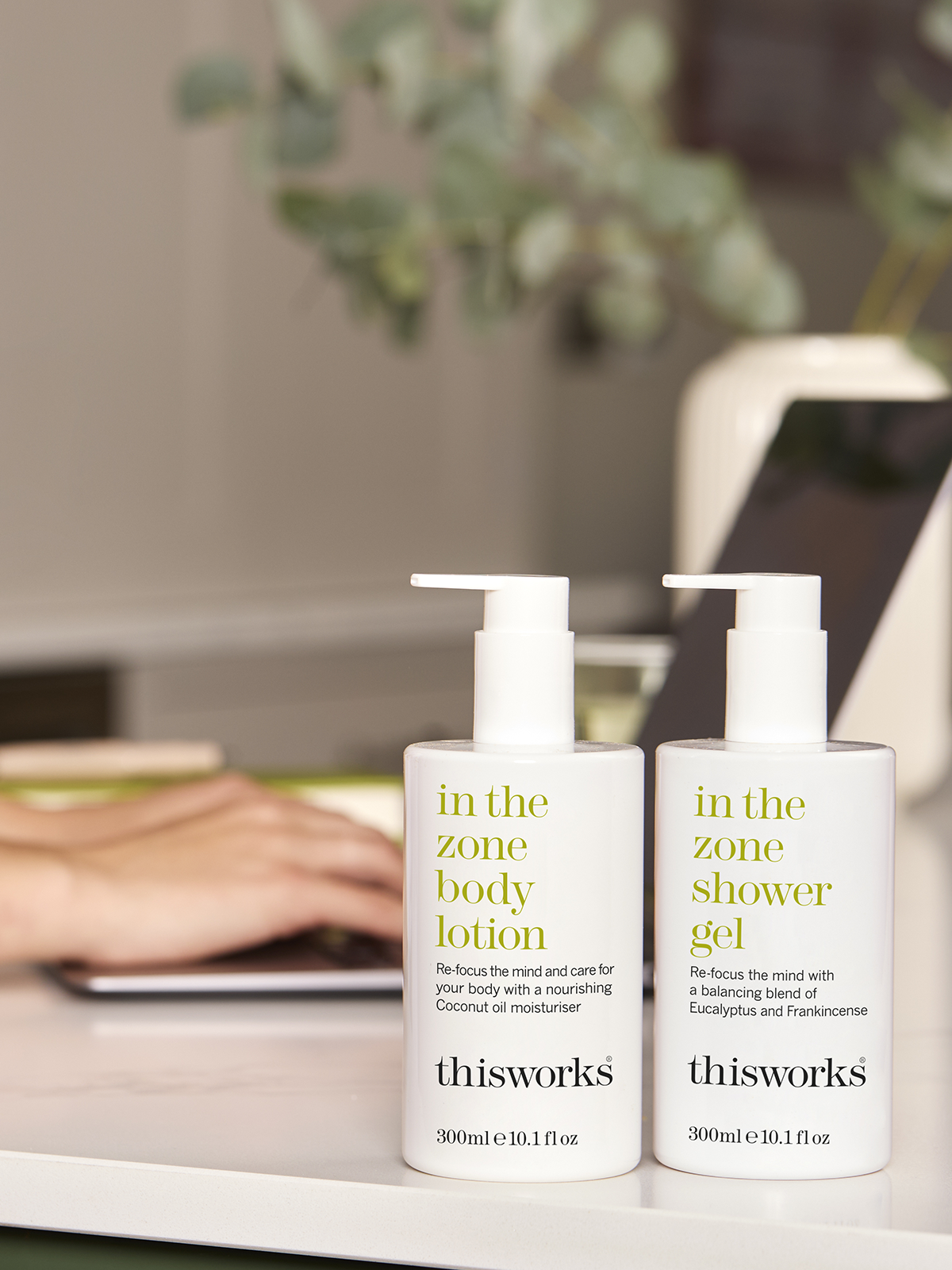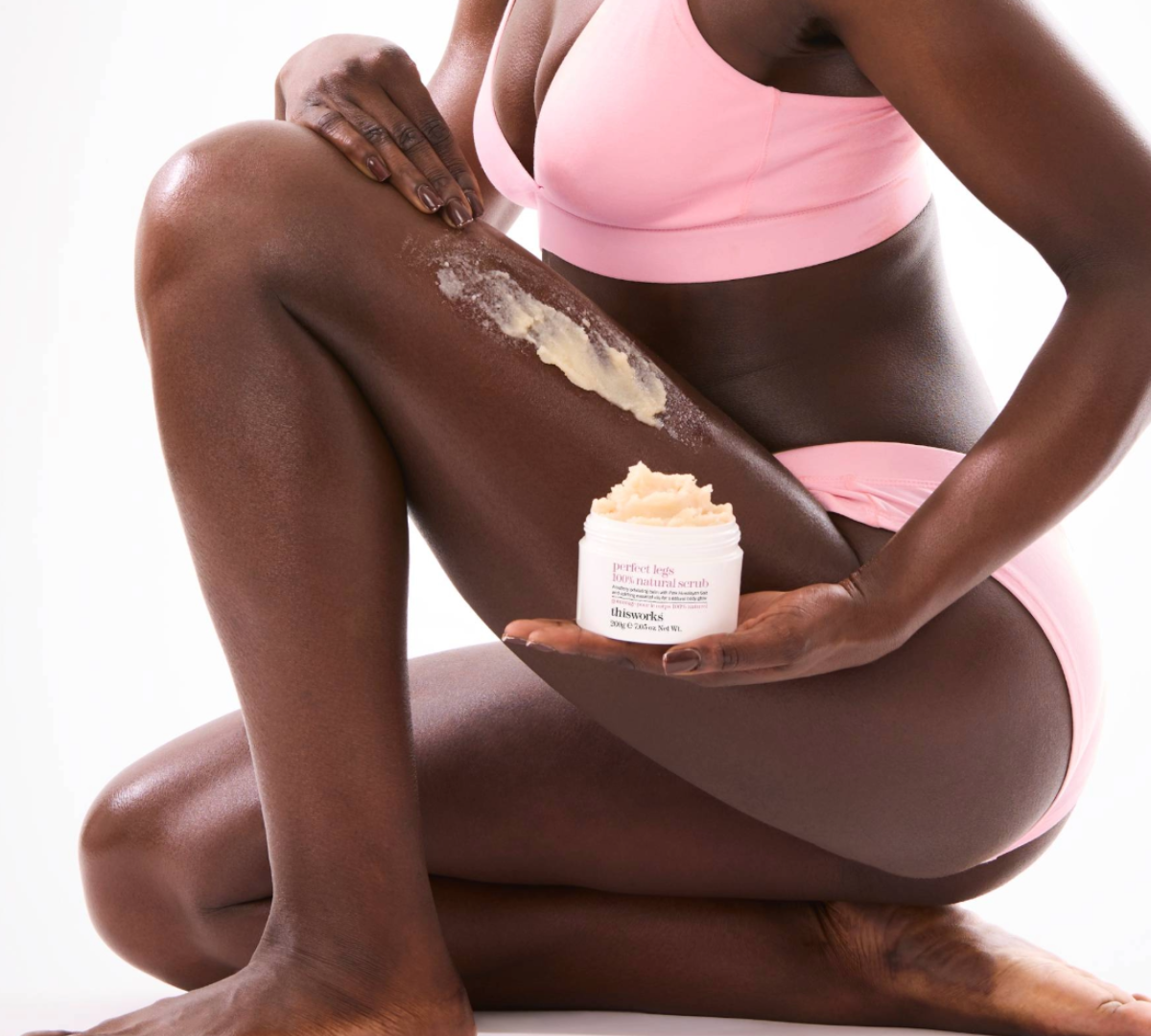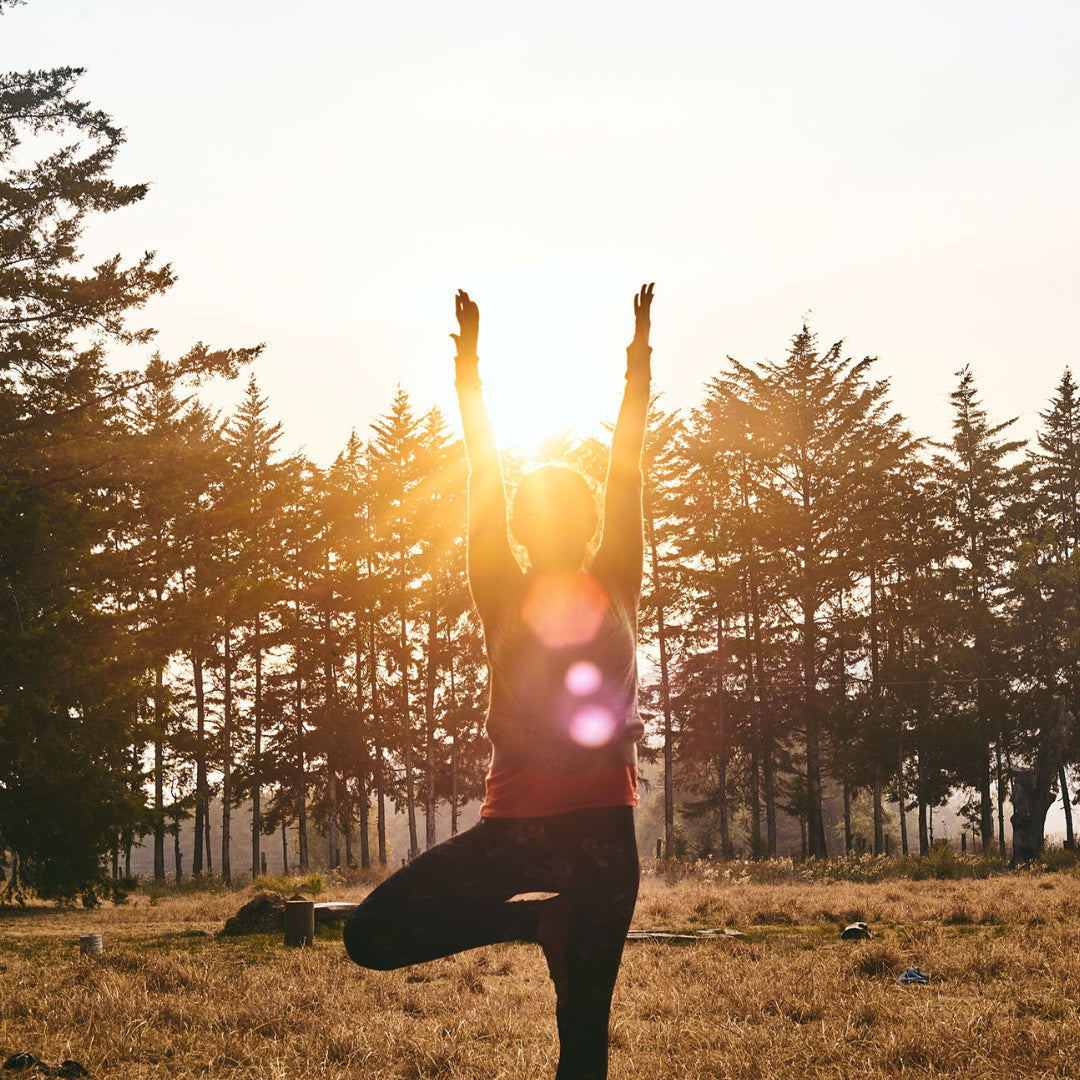
Want to push yourself a little more this summer? Our fitness expert Rachel Hubbard explores the importance of movement for women, especially during menopause.
Want to push yourself a little more this summer? Our expert Rachel Hubbard explores the importance of movement for women, especially during menopause.
We know that exercise and joyful movement are valuable for people of all ages, offering significant benefits to both physical and mental health. It plays a vital role in ensuring our bones, brain, and mind stay healthy throughout all stages of our lives, but it becomes even more critical to keep moving during peri-menopause, menopause and post-menopause - a time when our bodies go through huge changes to our sleep, weight, bone density, joints and mood. Moilanen et al. (2012) found that aerobic training significantly reduced these common menopausal symptoms, specifically including hot flashes, mood disturbances, and fatigue.
While it may feel challenging to get moving when you're not feeling your best, you'll never regret getting your body moving, and the mental effects are instant as those post-workout endorphins begin to boost your mood. Staying active throughout these stages offers essential support for cardiovascular health and weight management, as well as mitigating oxidative stress, reducing inflammation, and maintaining musculoskeletal strength.
Attipoe et al. (2008) demonstrated that both aerobic and resistance training reduce oxidative stress markers in post-menopausal women, regardless of hormone replacement therapy (HRT) use. Given that oxidative stress plays a role in many chronic conditions, including cardiovascular disease, cognitive decline, and joint inflammation, these findings highlight the effectiveness of exercise in managing stress, pain, and strain on the body.
Weight-bearing and resistance-based exercises are key for protecting against osteopenia (loss of bone mass) and sarcopenia (loss of muscle mass), which can negatively affect posture, gait, and balance. Martyn-St James and Carroll (2006) support the use of impact and mixed-loading exercise programmes for preserving bone health in post-menopausal populations. These musculoskeletal adaptations are vital, as gait changes are closely associated with reduced independence and an increased risk of falls in later life. Even moderate activities, such as walking or pilates, can lead to significant improvements in stability and confidence.
While it's easy to encourage movement, it can be challenging to get started, as women, especially older women, might not feel confident enough to walk into a gym and get going. Dispelling the myths around who is capable and worthy of a spot in the gym or exercise class is part of the important work and advocacy that needs to be done for mature women, especially those in menopause who may be struggling with their confidence.
Conn et al. (2003a; 2003b; 2003c) highlighted that many older women have limited experience with exercise and that their motivation is often influenced by beliefs about ageing, social norms, and confidence in their abilities. However, exercise is not all or nothing, and the expectation for these women is not to lift hefty weights in situations that feel uncomfortable. Starting small and building up to a sustainable routine that aligns with your personal preferences and energy levels is far more effective and likely to become part of your lifestyle. Exercise is not just a tool for symptom management; it is a long-term strategy for resilience, independence, and vitality.
Despite all the propaganda you might see about getting 'bikini body ready', the goal of summer movement should not be about intensity. It can be damaging to push the body past its limit because you're motivated by seasonal goals or comparisons caused by unrealistic and unhealthy beauty standards. Instead, the goal of summer movement should be to build consistency and create healthy habits that you can maintain and, of course, enjoy, all year round. Summer presents an opportunity for movement that Winter doesn't, because longer days and warmer weather mean getting outside for longer walks or outdoor activities is easier and more enjoyable.
While motivation may spike during the summer, it is crucial to avoid overexertion and do too much too soon. Injury risk increases when intensity or volume is ramped up without proper progression. McHugh and Cosgrave (2010) remind us that while stretching has its place, injury prevention is best addressed through appropriate load management, strength training, and ensuring sufficient recovery.
To avoid common summer injuries:
- Build up slowly, especially if returning after a break.
- Include variety in your routine by incorporating activities such as walking, swimming, cycling, dancing, and resistance training.
- Prioritise recovery: rest days, sleep, hydration, and nutrient-dense food.
- Listen to your body: discomfort is fine; pain is not.
Pilates, particularly when focused on back care and postural control, can provide excellent injury prevention benefits. It supports spinal alignment, improves balance, and encourages mindful movement, helping you enjoy your outdoor activities with greater confidence.
McHugh and Cosgrave (2010) reviewed the role of stretching in injury prevention. Their findings stress that while static stretching before activity is less beneficial, dynamic warm-ups and mobility work are essential. Stretching after activity, when muscles are warm, is most effective.
Here are some key tips:
- Warm up first using gentle dynamic moves or walking,
- Focus on alignment and posture, especially in new or vigorous activities.
- Strengthen your core and support joints through practices like pilates.
- Progress gradually. The body adapts with repetition, not intensity alone.
Like many other parts of the body, the brain is a muscle that, when not exercised, becomes tired and less capable. But it's not just brain-busting logic and tricky crosswords that keep this muscle flexing. Physical benefits aside, exercises and movement is proven to have a profound effect on brain health, particularly as we age. Ahlskog et al. (2011) provided strong evidence that regular exercise reduces the risk of dementia and cognitive decline. Their review highlighted several key biological mechanisms, including increased cerebral blood flow, reduced inflammation, and elevated levels of brain-derived neurotrophic factor (BDNF), which support the growth and survival of neurons.
Notably, benefits were found in both healthy individuals and those already at risk of cognitive impairment. In their study, activities such as walking, dancing, strength training, and balance exercises were shown to support brain health, regardless of when the person started exercising. So, if you think it's too late, the truth is there's no such thing - movement is beneficial, and crucial, for everyone.
Kirk-Sanchez and McGough (2014) echoed this in their review, noting that aerobic, resistance, balance, and flexibility work all contribute to better cognitive function. Similarly, Boucard et al. (2012) demonstrated that various modalities of physical activity can help preserve executive functions, including attention and inhibition.
As we age, our natural way of carrying ourselves changes. We can experience reduced joint mobility, altered coordination and as a result, an unbalanced and less sturdy gait. Age-related loss of muscle mass can make walking feel more difficult as we age. Still, regular walking is a key component of maintaining a regular gait and independence in later life. These changes can contribute to slower walking speeds, reduced stability, and an increased risk of falls. Gait and balance impairments are also strong predictors of future health and care needs in older adults. Targeted movement interventions can reduce these risks. Pilates offers a structured approach to improving balance, postural control, and joint mobility. When practised regularly, such as once or twice a week, pilates can positively influence functional movement patterns in older populations.
Combining outdoor walking with pilates provides a balanced strategy:
Walking helps maintain cardiovascular health and muscular endurance.
Pilates supports spinal alignment, pelvic stability, and gait mechanics.
Newell et al. (2012) support this approach in their research. They found significant improvements in gait and balance following an 8-week supervised pilates programme for older adults. Similarly, Bergamin et al. (2015) reported enhanced muscle strength and postural control in post-menopausal women following a structured pilates intervention.
Ahlskog, J.E., Geda, Y.E., Graff-Radford, N.R. & Petersen, R.C., 2011. Physical exercise as a preventive or disease-modifying treatment of dementia and brain aging. Mayo Clinic Proceedings, 86(9), pp.876–884.
Attipoe, S., Park, J.Y., Fenty, N., Phares, D. & Brown, M., 2008. Oxidative stress levels are reduced in postmenopausal women with exercise training. Medicine and Science in Sports and Exercise, 40(6), pp.1144–1148.
Bergamin, M., Gobbo, S., Bullo, V., Zanotto, T., Vendramin, B., Duregon, F., Cugusi, L., Camozzi, V., Zaccaria, M., Neunhaeuserer, D. & Ermolao, A., 2015. Effects of a Pilates exercise program on muscle strength, postural control, and body composition: results from a pilot study in a group of post-menopausal women. Age (Dordr), 37(6), p.118.
Boucard, G.K., et al., 2012. Impact of physical activity on executive functions in aging. GeroPsych: The Journal of Gerontopsychology and Geriatric Psychiatry, 25(4), pp.197–204.
Conn, V.S., Burks, K.J., Pomeroy, S.H., Ulbrich, S.L. & Cochran, J.E., 2003. Older women and exercise: explanatory concepts. Journal of Aging and Physical Activity, 11(2), pp.234–253.
Conn, V.S., Minor, M.A. & Burks, K.J., 2003. Sedentary older women’s limited experience with exercise. Physical & Occupational Therapy in Geriatrics, 21(2), pp.1–19.
Conn, V.S., Tripp-Reimer, T. & Maas, M.L., 2003. Older women and exercise: theory of planned behaviour beliefs. Public Health Nursing, 20(2), pp.153–161.
Helde-Franklin, M., 2017. Vitamin D deficiency, pain, and analgesia use. British Journal of Community Nursing, 22(2), pp.76–79.
Kirk-Sanchez, N.J. & McGough, E.L., 2014. Physical exercise and cognitive performance in the elderly: current perspectives. Clinical Interventions in Aging, 9, pp.51–62.
Levine, J.A., Vander Weg, M.W., Hill, J.O. & Klesges, R.C., 2005. Non-exercise activity thermogenesis: the crouching tiger hidden dragon of societal weight gain. Arteriosclerosis, Thrombosis, and Vascular Biology, 26(4), pp.729–736.
Martyn-St James, M. & Carroll, S., 2006. A meta-analysis of impact exercise on postmenopausal bone loss: the case for mixed loading exercise programmes. British Journal of Sports Medicine, 40(9), pp.721–726.
McHugh, M.P. & Cosgrave, C.H., 2010. To stretch or not to stretch: the role of stretching in injury prevention and performance. Scandinavian Journal of Medicine & Science in Sports, 20(2), pp.169–181.
Moilanen, J.M., Aalto, A.-M., Hemminki, E., Aro, A.R., Raitanen, J. & Luoto, R., 2012. Effect of aerobic training on menopausal symptoms—a randomized controlled trial. Menopause, 19(6), pp.691–696.
Newell, D., Shead, V. & Sloane, L., 2012. Changes in gait and balance parameters in elderly subjects attending an 8-week supervised Pilates programme. Journal of Bodywork and Movement Therapies, 16(4), pp.549–554.
Ritter, M. & Low, K.G., 1996. Effects of dance/movement therapy: a meta-analysis. The Arts in Psychotherapy, 23(3), pp.249–260.
Shangold, M.M., 1990. Exercise in the menopausal woman. Obstetrics and Gynecology Clinics of North America, 17(2), pp.273–291.
